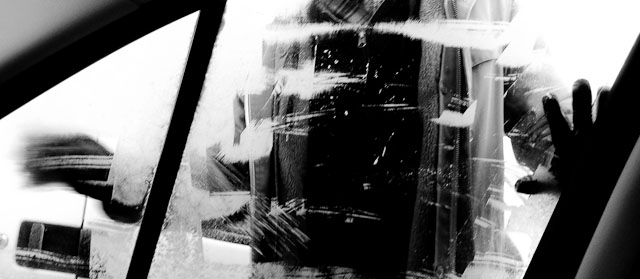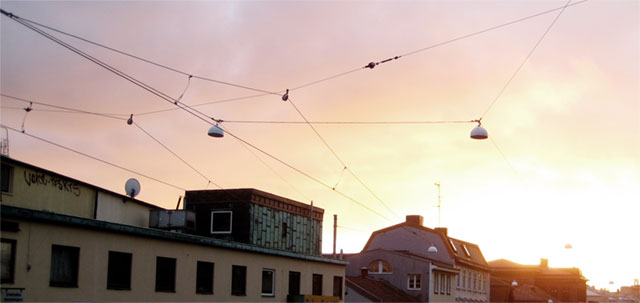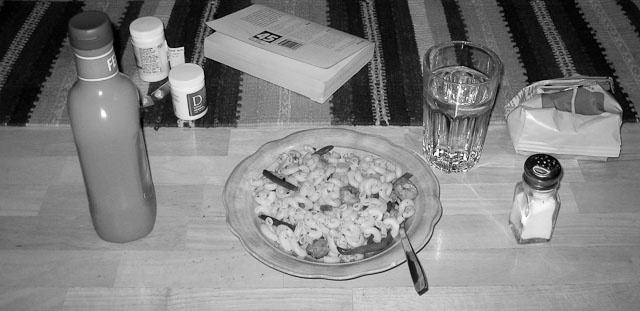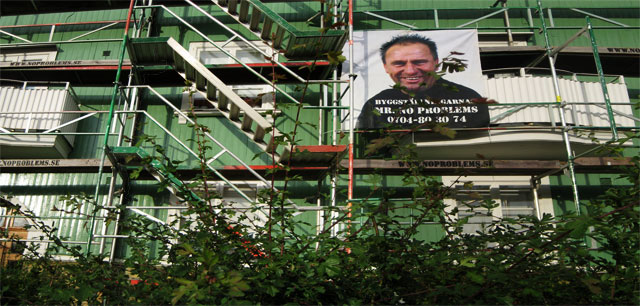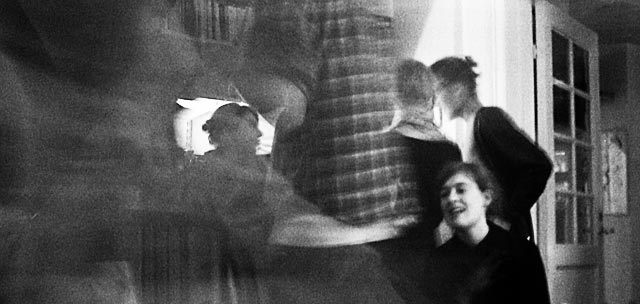Before you can print from your STL file you need to convert it to gcode. Think of it as Postscript for 3D-printers and 2D routers. The tool of choice for people working with RepRap has been Skeinforge, which has acquired tons of functionality at the expense of usability: It’s ugly as sin and has more features than are properly documented (or documented at all) so I’m happy to see that there are alternative versions cropping up, like SFACT.
Also, putting the printer together I ran into some issues with the otherwise excellent documentation put together by Gary Hodgeson, namely the parts using the LM8UU linear bearings instead of printed bushings. Because I don’t have any spare parts I’m terrified of messing up those I bought from Greg Frost (shipped all the way from Australia) so am anxiously browsing the RepRap wiki and forums in search of instructions. I’ve already managed to put the Y-motor bracket in every position possible, and finally had to email Greg to get a picture of how to do it properly. I’m documenting every step, but so far it’s more of a blooper reel…
I finally found an excellent description of how to fit all the parts together: How to build up a LM8UU Linear Bearing Prusa. It does exactly what it says on the tin, and with the exception that I’m going for a three bearing bottom plate, I ought to be able to finish the build in no time. Now, if I could only settle on which lubricant to use for the rods, I’d be set. “Light machine oil” or “PTFE spray” is the question.
————————————
Update from the comments. In the video below I’ve inserted the pins from the wrong side. The black plastic bits should go on the underside of the Polo, so that it’ll sit flush with the mounts. As it stands, the Polos work for me soldered this way as well, but it’s more finicky and there’s a risk that you’ll have too much solder left and won’t be able to push the pins far enough into the mounts.
[x_video_embed no_container=”true”][/x_video_embed]
